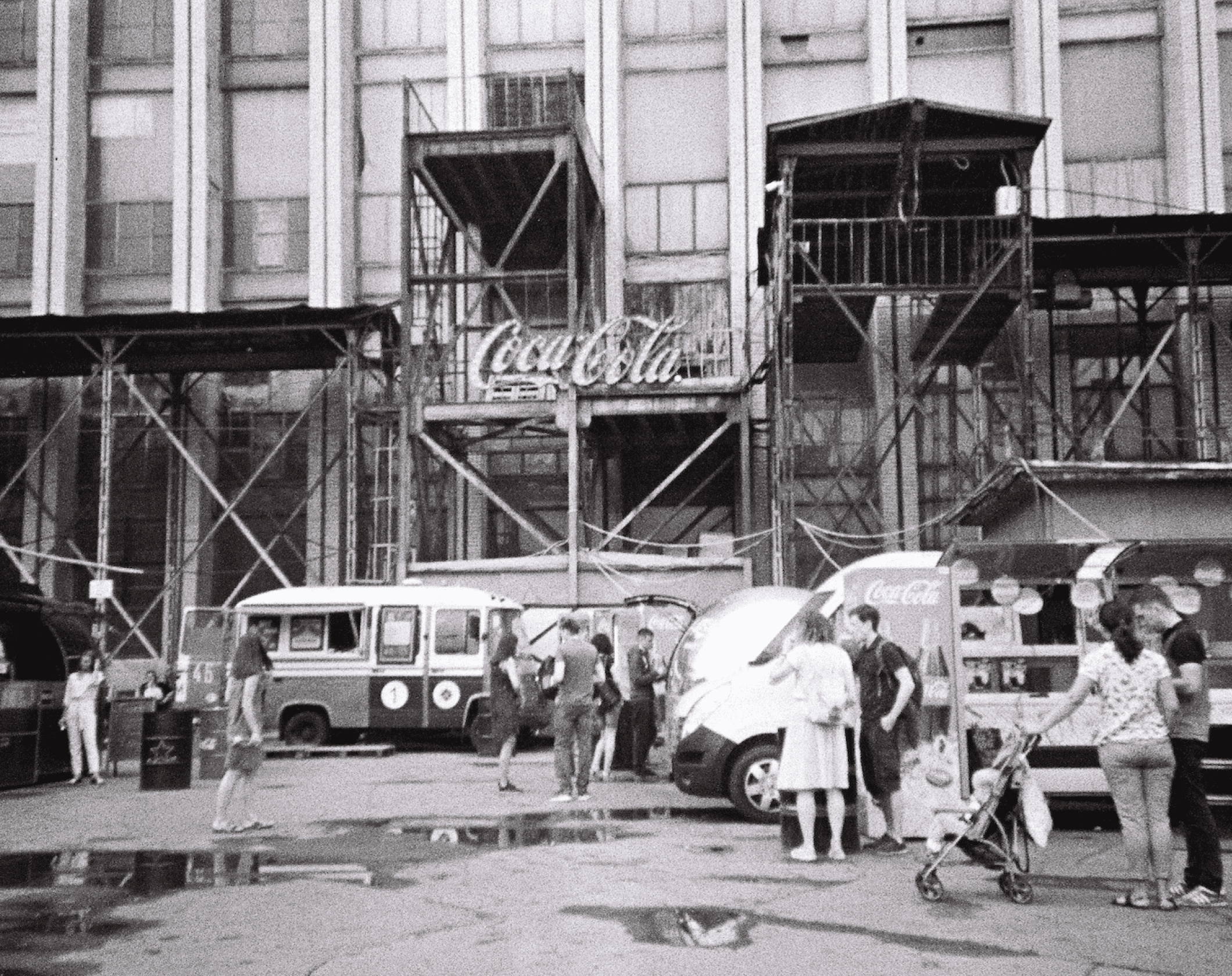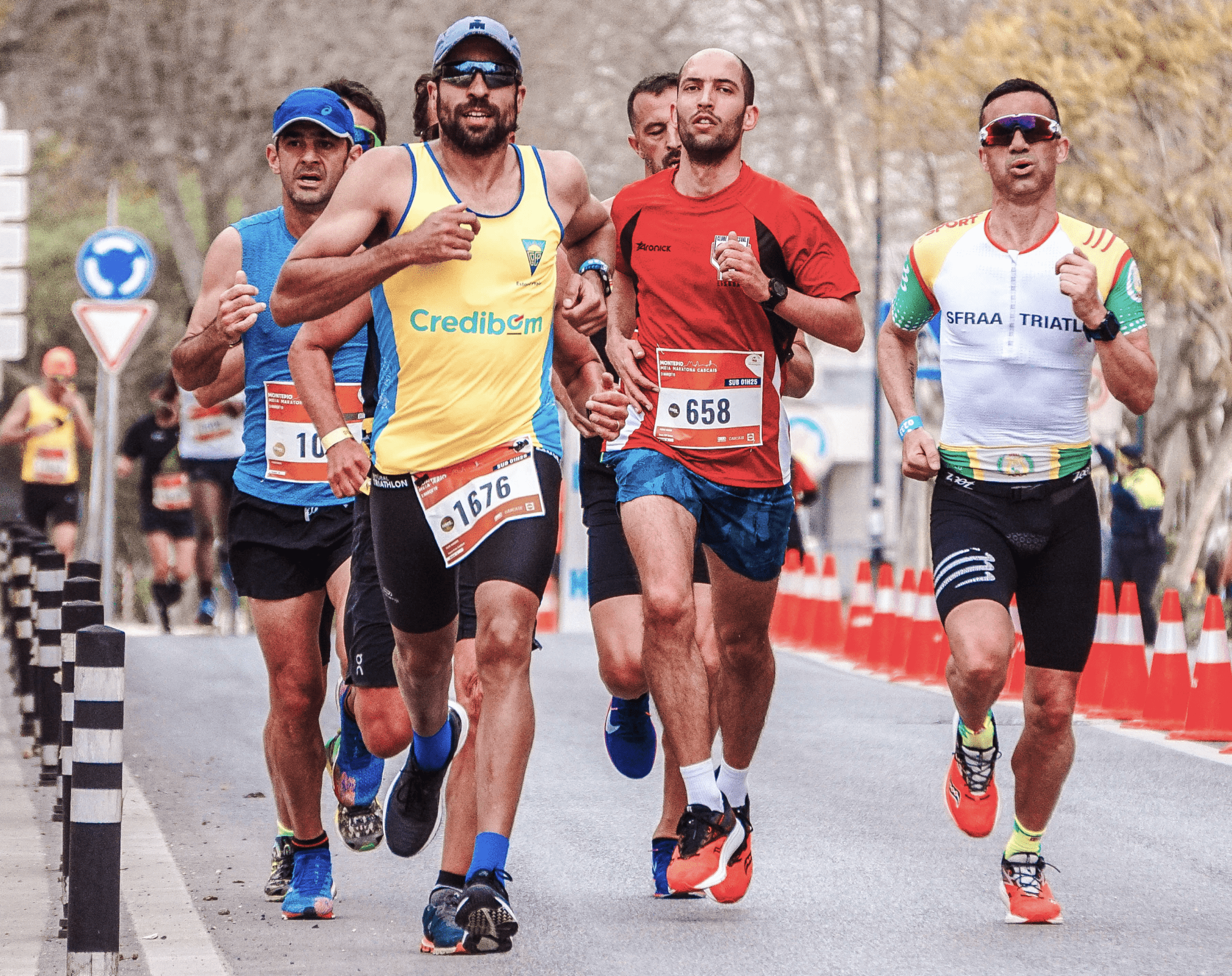A young man stands grinning in Beijing’s Forbidden City. It’s the dead of winter, and one of his hands is buried deep into the pockets of his long overcoat to protect it from the chill. The other grasps the unmistakable contours of a glass Coca-Cola bottle.
Today, Coke is the world’s most famous soft drink and can be found just about anywhere. But back in 1981, when the image was shot by Pulitzer Prize-winning photographer Liu Heung Shing, it was only just getting into the hands of ordinary Chinese people.
Liu, who was in his late 20s when he began working for Time magazine in Beijing, felt the country was on the cusp of a great cultural shift following the death of Mao Zedong in 1976.
“The changes (at first) were subtle, and unless you lived there, you wouldn’t have noticed,” he recalled during an interview at his home in Hong Kong.
He had earlier photographed people grieving for Mao along the banks of the Pearl River in Guangzhou. It was here that he was struck by how differently people carried themselves compared to what he had seen in late-1950s China, where he grew up during the disastrous Great Leap Forward campaign — a series of failed industrialization policies — before moving back to Hong Kong as a child.
Under Mao, the country went on to suffer from widespread famine and poverty, and the tumultuous years of the Cultural Revolution. But in the aftermath of the Chinese leader’s death, Liu said, “suddenly, people’s steps looked a little bit lighter, they dropped their shoulders and their faces looked more relaxed.”
It would prove to be a relatively liberal period in Chinese history — politically, economically, and in terms of everyday life, which Liu captured in candid shots. One photo from the time showed a plastic surgeon and his client after a cosmetic procedure. Another depicted people gathering at a “Democracy Wall” in Beijing, where they wrote now-unthinkable criticisms of the government.
One of Liu’s most iconic images was captured on his way into the Time bureau after he had a strange feeling that something was “missing.” He turned his car around and, sure enough, a large portrait of Mao that had once hung prominently on a building had been freshly taken down. He quickly shot images of workers gathered around the depiction of the late Chairman, with some of their scaffolding visible in the frame.





